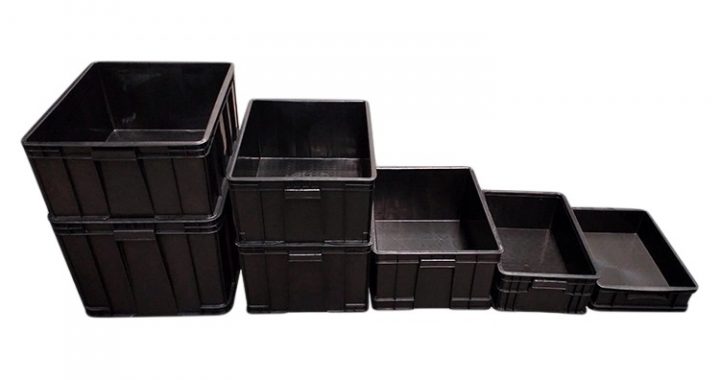Antistatic Blister Tray is an antistatic packaging material used for storing, transporting, and protecting electronic components, precision parts, and other items susceptible to static damage. It is produced using thermoforming technology and typically made from antistatic plastic materials, such as antistatic PVC, antistatic PET, and antistatic PS, ensuring that the tray’s surface does not accumulate static electricity, thus protecting sensitive electronic devices from electrostatic discharge (ESD).
Performance of Antistatic Blister Trays:
- Antistatic Properties: The core feature of antistatic blister trays is their ability to effectively prevent static accumulation and discharge. They have conductive or static dissipative properties, with surface resistivity typically ranging from 10^6 to 10^9 ohms, effectively neutralizing static electricity and preventing damage to electronic products.
- Durability: Antistatic blister trays are highly durable and impact-resistant, able to withstand daily use and the impacts that occur during transportation.
- UV Resistance: Some antistatic trays are designed with UV resistance to withstand prolonged exposure to sunlight.
- Dust Resistance: The smooth surface of the thermoformed tray helps reduce the attachment of dust and particles, aiding in protecting the products from contamination.
- Customizability: Antistatic blister trays can be customized in size, shape, and slot configuration to accommodate the storage and transport needs of different products.
- Eco-Friendly: Most antistatic blister trays are made from recyclable, eco-friendly materials, meeting sustainability requirements.
Classification of Antistatic Blister Trays:
By Material:
- Antistatic PVC Trays: Made from antistatic polyvinyl chloride material, widely used for the packaging and transportation of everyday electronic components.
- Antistatic PET Trays: Made from polyethylene terephthalate (PET) material, typically offering higher temperature resistance and strength, suitable for packaging precision equipment.
- Antistatic PS Trays: Made from antistatic polystyrene (PS) material, suitable for short-term storage and transportation of electronic products.
By Function:
- Static Dissipative Trays: Surface resistivity between 10^6 and 10^9 ohms, suitable for protecting standard electronic components from static electricity.
- Conductive Trays: Surface resistivity below 10^6 ohms, suitable for devices with extreme sensitivity to static, such as integrated circuits, chips, semiconductors, etc.
By Shape:
- Standard Blister Trays: Typically rectangular or square with regular slots, suitable for storing common electronic components.
- Custom Blister Trays: Custom shapes and slots designed according to specific requirements, accommodating products of special sizes and shapes.
By Use Scenario:
- Laboratory Grade Antistatic Trays: Used in laboratories or production lines to provide high-level static protection.
- Industrial Grade Antistatic Trays: Used in large-scale production environments, typically durable and adaptable.
- Transportation Grade Antistatic Trays: Used during transportation to ensure that products are protected from static damage during shipping.
Antistatic blister trays are widely used in industries such as semiconductors, electronics, LEDs, optics, and precision machinery, playing an essential role in ensuring product quality and safety during storage, transport, and handling.
